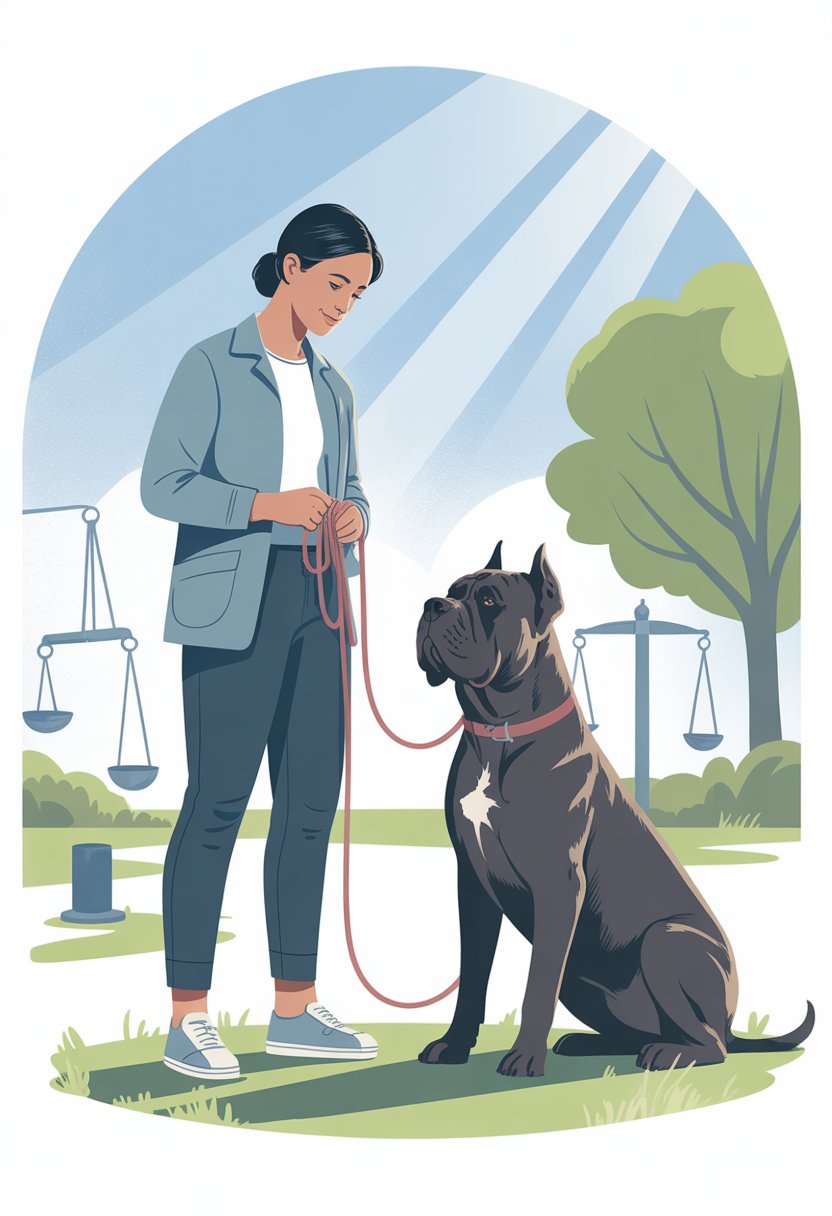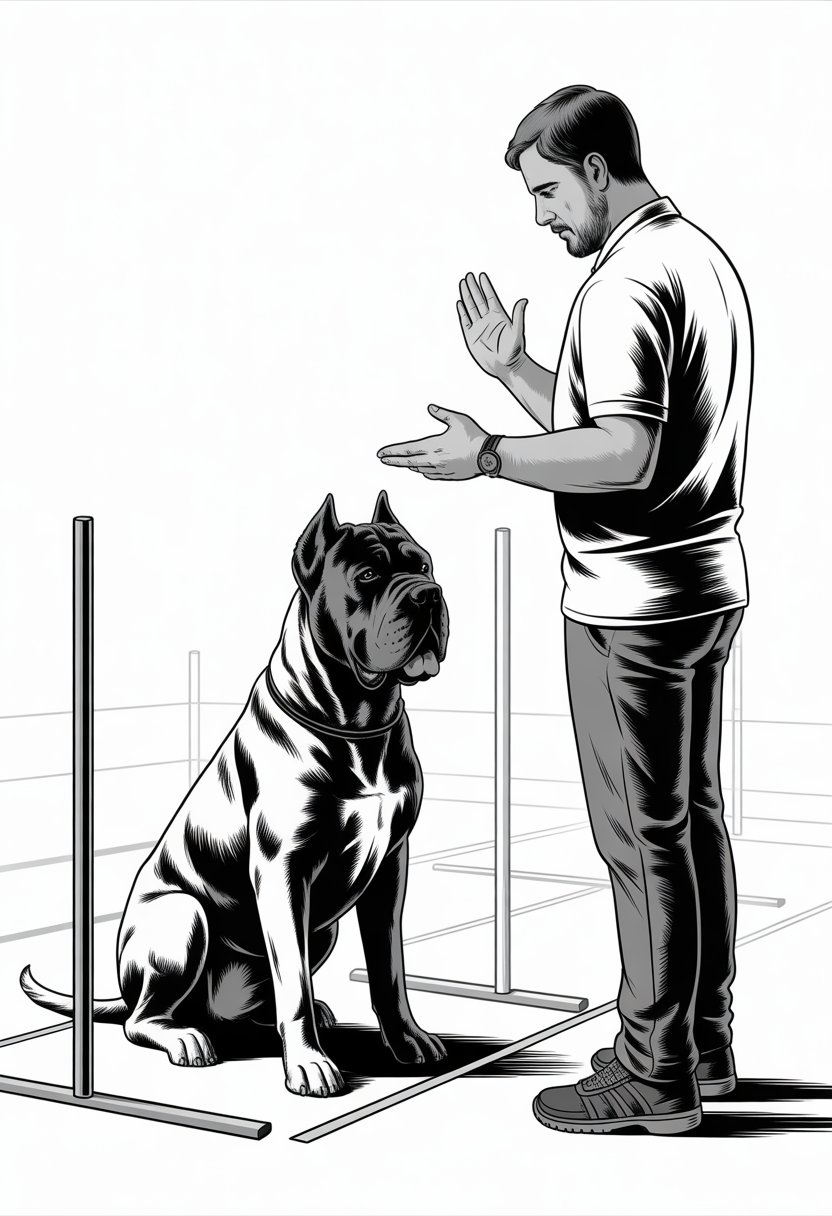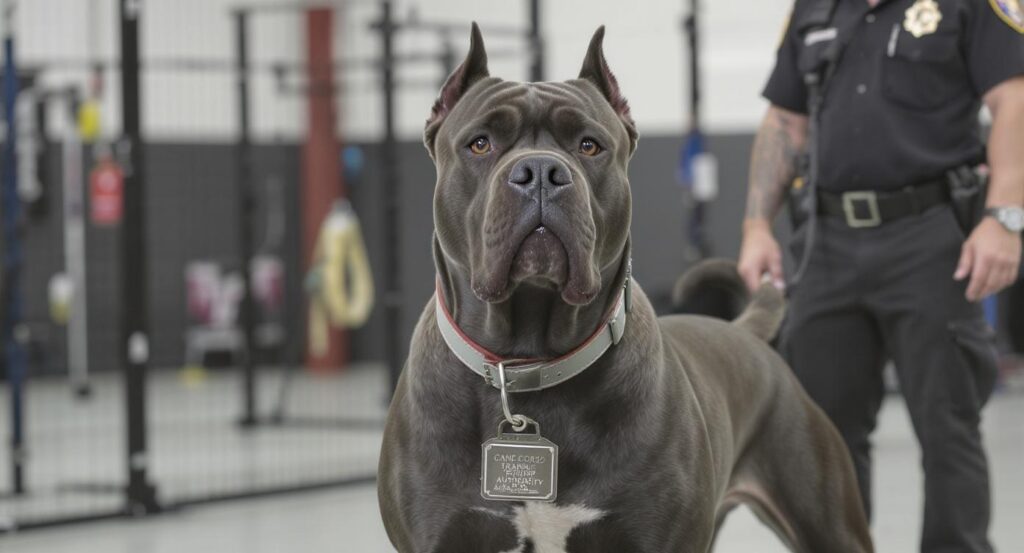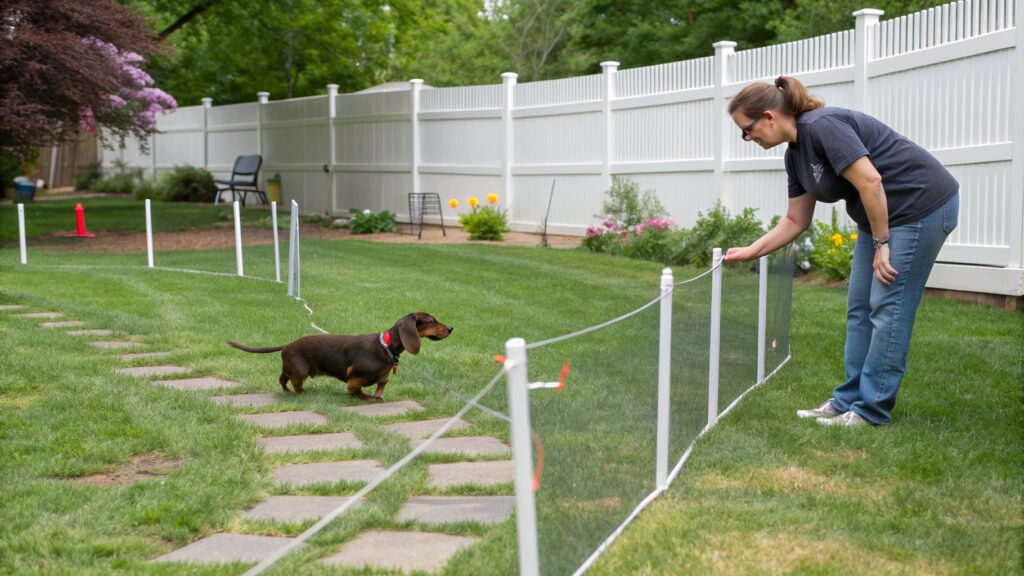Training a Cane Corso takes patience and a clear plan. These dogs grow quickly, and their strength can make them tricky to handle if you’re not prepared.
If you set authority in a fair, steady way, you’ll help your dog respect you and fit in at home.
You’ll want to start early, set routines, and guide your Cane Corso with trust, not force. Leadership, socialization, and clear boundaries give your dog the tools to thrive.
This article breaks down simple authority rules that make training easier and more effective.
Start training your Cane Corso early, ideally as a puppy.
Begin training your Cane Corso as soon as you bring them home—usually around 8 weeks old. Puppies are eager to learn and pick up habits quickly.
If you wait too long, shaping their behavior gets tougher. Early training shows your puppy what you expect.
Simple routines like bathroom breaks, crate time, and mealtime rules give structure. This makes daily life smoother for both you and your dog.
Teaching basic commands early builds respect and trust. Commands like sit, stay, and come lay the foundation for later training.
Your Cane Corso will get big fast, so little lessons now save you headaches later. Starting young also stops bad habits before they start.
If you let things slide, your puppy might think those behaviors are fine. Consistent guidance from the start sets clear boundaries.
It’s much easier to guide them when they’re small than to fix unwanted behavior when they’re strong and stubborn.
Be consistent with commands and routines every day
Your Cane Corso learns best with simple, steady routines. Use the same words and actions every time so your dog knows exactly what you want.
If you keep changing commands, your dog will get confused. Set up a daily routine that your dog can count on.
Training at the same time each day helps your Corso focus. Short, regular sessions work better than long, dragged-out ones.
Everyone in your home should use the same commands and rules. If one person allows something and another doesn’t, your dog gets mixed signals.
Reward your dog right away when they follow a command. Quick feedback connects the action to the reward, making good behavior stick.
Use trust-based methods to build a strong bond
Trust matters as much as discipline when you train your Cane Corso. Your dog needs to feel safe with you before it can follow your lead.
Start by being consistent in your actions. If you set rules, stick to them every time.
Use positive reinforcement instead of harsh corrections. Reward good behavior with treats, praise, or play.
Spend time together outside of training—walks, play, and just hanging out. These moments help your dog connect with you and make training easier.
Watch your dog’s signals. If it seems stressed or unsure, slow down and adjust your approach.
Respecting its limits helps your Cane Corso feel secure. Building trust takes time, but small, steady steps really do make a difference.
Focus on socialization with people and other dogs from the start.
Start socializing your Cane Corso as early as you can. Puppies are much more open to new experiences in their first few months.
Keep first interactions calm and positive. Invite friends or family over, let your pup meet friendly dogs, and reward good behavior with treats or praise.
This helps your Cane Corso build trust and confidence. Go at your dog’s pace.
If your pup seems unsure, don’t push. Slow, steady exposure works better than overwhelming them all at once.
As your Cane Corso grows, keep practicing. Take walks in different areas, visit dog-friendly places, and let them safely meet new people and animals.
The more positive experiences your dog has, the more balanced and well-mannered they’ll become.
Establish yourself as a calm and confident leader

Your Cane Corso looks to you for direction. If you stay calm and steady, your dog feels secure.
A nervous or frustrated tone can throw your dog off. Show confidence in the way you give commands.
Use a clear voice and relaxed but firm body language. Your dog picks up on your energy, so stay consistent.
Set rules and stick to them. When you enforce boundaries without anger, your Cane Corso learns what’s acceptable.
Reward good behavior with praise or treats. Over time, your calm authority shapes reliable obedience.
Teach essential commands like sit, stay, come, and heel
Start with simple commands like “sit.” Use a treat or toy to guide your Cane Corso, then reward right away.
Keep sessions short so your dog doesn’t lose focus. Next, work on “stay.”
Ask your dog to sit, then hold your hand out as a signal. Step back slowly and reward when your dog waits.
Teaching “come” is important for safety. Call your dog in a friendly tone and reward when they reach you.
Practice in a quiet space before trying it outside. For “heel,” keep your Cane Corso at your side while walking.
Use a treat to guide them and reward when they stay close. This helps prevent pulling and makes walks less stressful.
Repeat these commands often in different places. Consistency and patience help your dog learn faster.
Avoid harsh punishment; use positive reinforcement instead.
Skip harsh punishments when training your Cane Corso. Yelling or using force just makes your dog fearful and less likely to trust you.
Fear might stop a behavior in the moment, but it doesn’t teach your dog what to do instead. Focus on positive reinforcement to guide good behavior.
Reward your dog with treats, praise, or play when they follow a command. If your Cane Corso jumps on guests, don’t punish—reward them when they sit calmly.
Over time, your dog learns that sitting earns attention and treats, while jumping doesn’t. Positive reinforcement also builds a stronger bond between you and your dog.
Your Cane Corso will see training as a good thing, not something to dread. This keeps their attention and helps progress stick.
Using rewards instead of punishment takes patience, but it helps your dog understand what you want. It also keeps training sessions calm and productive, which matters with a strong breed like the Cane Corso.
Set clear boundaries to manage their dominant nature.

Your Cane Corso is smart and confident—sometimes a little too much. Setting clear boundaries helps them know what’s okay and what isn’t.
Without boundaries, they may try to run the show. Use simple, consistent rules so your dog knows what to expect.
For example, decide if they’re allowed on the couch and stick with it every time. Consistency keeps them from getting mixed up.
Boundaries also give your dog a sense of security. When they know the limits, they’re less likely to test you.
A structured environment helps prevent unwanted dominant behavior. Make sure everyone in your home follows the same rules.
If one person lets things slide, your dog might ignore the limits. Clear and united boundaries make life easier for everyone.
Reinforce boundaries with calm but firm direction. You don’t need to get harsh—just guide your Cane Corso with steady leadership so they learn to respect the rules and your role.
Understanding Cane Corso Temperament
The Cane Corso is a powerful breed with strong instincts and high intelligence. If you want to train one well, you have to understand both the challenges of the breed and the importance of building a relationship based on trust.
Breed-Specific Challenges
A Cane Corso isn’t just any dog. This breed comes from Italy, where people used them for guarding and hunting.
Because of that, your Corso naturally wants to protect and stay alert. If you don’t guide those instincts, you might start seeing unwanted behaviors.
Corsos can be stubborn, honestly. They’re smart enough to test your boundaries, so you’ve got to keep your rules consistent.
If you let things slide even once, your dog will remember—and probably push harder next time.
Their size is another thing. A full-grown Cane Corso can easily top 100 pounds.
Without early training, even something like leash pulling can get out of control fast.
Key challenges to keep in mind:
- Protective drive → can turn into over-guarding
- High intelligence → sometimes shows as stubbornness
- Large size → makes control tough without solid training
Building Trust and Respect
Your Cane Corso does best when you mix authority with fairness. If you’re too harsh or forceful, your dog might just stop trusting you.
Use a calm but firm approach so your Corso sees you as a leader worth following.
Trust builds when you’re predictable. Routines for feeding, exercise, and training help your dog feel secure and less anxious.
Respect comes from clear roles, too. You decide when play starts, when walks happen, and when it’s time to eat.
By setting these boundaries, you lead without being intimidating.
Simple ways to build trust and respect:
- Reward cooperation with praise or treats
- Stay consistent with rules and routines
- Avoid yelling or force—that just creates fear or pushback
Consistency and Communication in Training
Your Cane Corso learns best when your rules don’t change and your feedback is clear. Keep your commands steady and reward the right behavior at the right time.
That’s how your dog figures out what you want.
Establishing Clear Boundaries
Your Cane Corso needs to know what’s allowed and what’s not.
If you let your dog on the couch one day but scold them the next, you’re just confusing them.
Set the rules early and stick with them.
Use the same word for each command. Always say “sit”—don’t switch it up with “sit down” or “sit here.”
Dogs get it faster when your language stays the same.
Everyone in your home should follow the same rules. If one person allows jumping and another doesn’t, your dog won’t know what’s right.
A simple chart with “house rules” can help everyone stay on track.
Clear boundaries stop your Cane Corso from constantly testing you.
These dogs are strong and confident, so they respect leadership that’s steady and predictable.
Effective Positive Reinforcement
Rewards help your Cane Corso learn good behavior. Give treats, toys, or praise right after your dog listens to you.
Timing really matters. If you wait too long, your dog probably won’t connect the reward to what they just did.
Keep things simple and stick to the same rewards. For example:
- Sit = treat
- Stay = praise + treat
- Come = play with toy
Don’t accidentally reward bad habits. If your dog jumps up and you pet them, you’re just teaching them to jump again.
Try ignoring the jump and give a reward for calm sitting instead.
Patience goes a long way here. Cane Corsos are smart but stubborn, so steady encouragement helps build trust and makes training smoother.



